12 Top tips for bale handling and storage

The correct handling and storage of bales is vital to preserve and retain the quality and nutritional value of the feed inside. Here, Barry Buckley, Sales Director at bpi.agri helps us with a few tips on the ‘do’s and don’ts’.
“When all your bales are wrapped, farm workers must be aware of the importance of correct storage methods and not be tempted to leave them exposed and just hope for the best.
Also, being aware of the damage that can be caused when transferring bales from the field into storage and also knowing where to store them is the key to a successful season. Adhering to the following rules will give farmers and contractors alike the best chance of achieving quality feed and ensuring their initial hard work is not wasted.”
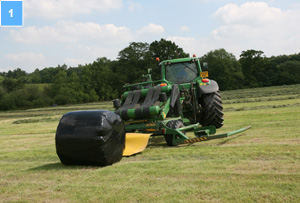
1. Avoid damage from grass stubble by gently despatching bales from the wrapper. This may slightly slow cycle-times but will pay of in reduced damage to wrap.

2. Always use a purpose-built bale handler or squeezer, preferably the cradle type but never a spike that will puncture the air-tight seal of the bale.
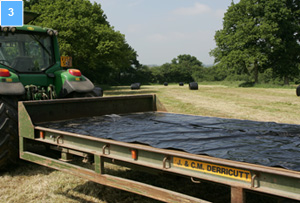
3. When moving wrapped bales by trailer, cover any sharp edges with tarpaulin or matting and handle gently.
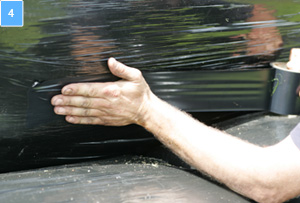
4. Any damage must be repaired immediately using a suitable UV protected tape.
5. Stack bales as soon as possible after wrapping and certainly within 24 hours. They will be firmer to handle and will not yet have “slumped”. Remember that field-wrapped bales in particular are prone to bird damage from the moment they are wrapped.
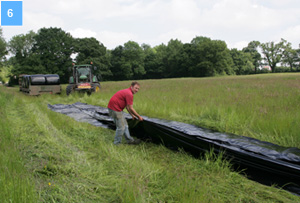
6. Choose a storage site away from trees to minimise the risk of damage from birds. The site should be well drained and level, and devoid of sharp objects which may puncture bales. If practical, a sand base layer is recommended. Ideally, roll out a protective layer of heavy gauge polythene sheeting underneath the stack. Store away from watercourses to avoid the risk of any effluent pollution. Advice will be available from your local Water Authority on any specific regulations. Keep away from fertilisers, herbicides, mineral oils, etc which can damage the film.
8 Do not stack bales more than three high. Bales of low dry matter (which are heavier) should be stored in a single layer. This prevents bales at the bottom being squashed under the weight and “blowing” the balewrap seal.
9 Once stacked, always protect your bales from birds by applying a close woven polypropylene net. Support the net so that it is not in direct contact with the surface of the bales where birds could land and reach through the net. Secure the net at ground level.
10 Where necessary, protect the stack from farm animals with suitable fencing.
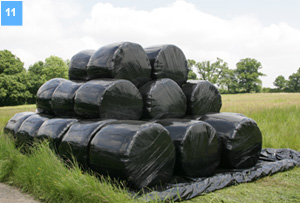
11 Place weather-protected vermin bait stations around stack perimeter, and replenish as necessary. Ensure these are also protected from pets and farm animals.
12 Check bales regularly for damage, and re-seal.
| Four in-season checks: |
|---|
|
| FURTHER INFORMATION |
|---|
For advice on bale wrapping, handling and storage contact the Silotite team on 0800 0320 640 or visit www.bpi.agri.com/downloads where you can download the bpi.agri Contractor Handbook which contains the top 10 tips for successful bale wrapping.
|

